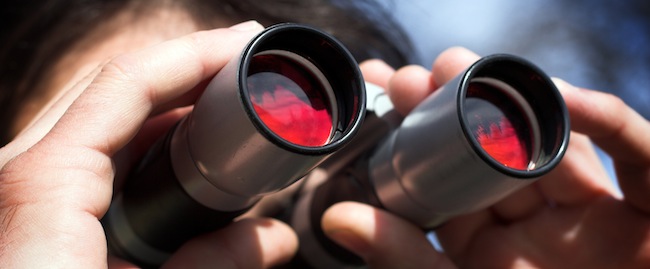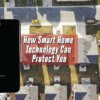![]() For many people, especially concerned parents, downloading a GPS tracking app is one of the best ways to ensure the safety of their family in these times. These apps claim to be able to pinpoint a child’s or relative’s whereabouts in case of an emergency, helping facilitate a speedy response. This is especially important for missing person cases, as the first 48 hours are the most crucial in locating a missing child.
For many people, especially concerned parents, downloading a GPS tracking app is one of the best ways to ensure the safety of their family in these times. These apps claim to be able to pinpoint a child’s or relative’s whereabouts in case of an emergency, helping facilitate a speedy response. This is especially important for missing person cases, as the first 48 hours are the most crucial in locating a missing child.
Of course, to track down someone, an app would need a map. However, with a string of cases wherein GPS-powered maps have led people astray, it’s reasonable to ask: are these apps really accurate enough to locate your loved ones?
How Tracking on Smartphones Work
To fully ascertain the accuracy of tracking apps and the maps in them, we first need to understand how they work. And if you look at these apps closely, simply thinking of them as solely relying on GPS technology wouldn’t be correct.
According to an article from the US National Library of Medicine’s (NLM) Community Health Maps website, smartphones actually get their data from 3 sources:
- Assisted GPS (A-GPS)
- WiFi positioning
- Cellular network positioning
These three are used in tandem, when they are available, to assure the accuracy of results. A-GPS is usually the most accurate, as these use data sent by satellites from space. These same satellites are used by the US Department of Defense; hence, accuracy is paramount.
Meanwhile, WiFi and network positioning help when the person is indoors. This is vital since being indoors—under a roof or underground, for instance—can interfere with satellite signals. Hence, some inaccuracies that pop up when using a tracking app may be due to the absence of one of the three data sources.
The NLM article also cites findings by Dr. Paul Zandbergen at the University of New Mexico. In 2009, he found that for an iPhone 3 using A-GPS, the average location accuracy was 8 meters. When testing several Android smartphones in 2011, Dr. Zandbergen found that location accuracy improved, ranging from 5 to 8 meters.
A Different Culprit
Another factor that causes inaccurate readings is not the GPS system itself. Rather, as GPS.gov notes, it’s inaccurate map data in the apps themselves. The map data is provided by private organizations and not by the government, and so inconsistencies with official maps may occur.
This is what happened in the cases of people getting lost in California’s Death Valley—now-abandoned roads still pop up in some GPS systems, leading people astray. This is also the reason why inaccuracies are more prevalent in rural areas. Not only are there fewer cellular towers and WiFi networks to base location on, but maps may not be updated as frequently.
However, parents who then purchase these tracking apps for everyday use in a city can rest assured, as these apps are more accurate in an urban area.
Cunning Beating Technology
As the explanation above shows, tracking apps for parents are themselves accurate on their own. However, simply relying on them leaves out a vital part of the equation: the human element. While the app may work perfectly, children may find a workaround to avoid being tracked.
Take this example from a Today’s Parent article:
“Picture a birthday sleepover during which a group of tech-addicted tweens sneak out of the house, but leave their phones at home. The dots on their parents’ smartphone screens haven’t moved, providing a false sense of security. In this scenario, technology is serving the psychological needs of worried moms and dads, but it’s not really improving the safety of their children.”
Teens may even look for ways to make the app hard to find or appear suspicious in the first place. As an article from Time.com recounts:
“Mobiflock, a powerful Android app that allows parents to block the use of certain apps and even shut down cell-phone functionality remotely, has a bad rating in the Google Play store because kids have been loading it with one-star reviews. “It’s wack and won’t let me do anything and is blocking me from having a social life!” one (presumably teenage) user laments in an app review.”
With bad reviews, parents may opt for a different app, or drop the idea of downloading such an app altogether.
Combining Offline and Online Techniques
As for parents who still intend to purchase an app to easily find their children when they do get lost, it’s still advisable that they teach their kids basic safety guidelines. That way, when technology fails, their children can still figure out ways to avoid unsafe situations or to get back home.
It’s also important for parents themselves to remain alert, always keeping an eye out for their kids. When a child does go missing, it is best to stay calm and seek help, rather than trying to find them based on a tracking app alone. As an anecdote from this The Next Web article recounts, “I have never found a lost person on the GPS screen. They are always out there.”
So while tracking apps are helpful, they should never be a substitute for real action on the ground.




